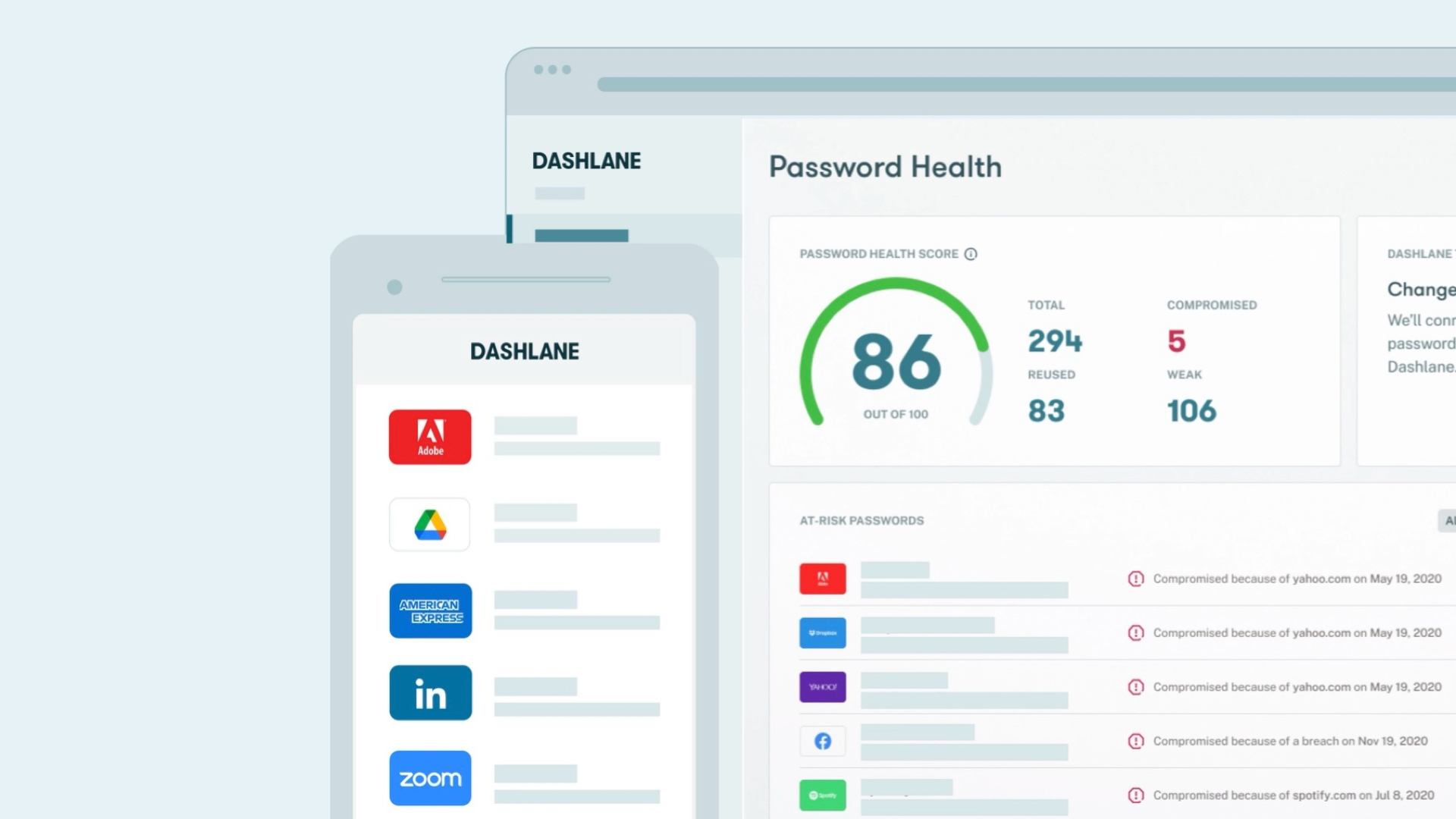#Cyber Monday sales broke records but still missed forecasts

“#Cyber Monday sales broke records but still missed forecasts”

Cyber Monday was the biggest online shopping day in history as hunkered-down consumers increasingly turned to the web for holiday gift purchases — but it wasn’t as massive a bump as some expected.
Shoppers spent 15.1 percent more than a year ago on Monday — or $10.8 billion — as online retailers led by Amazon hoovered up sales while consumers shunned brick-and-mortar stores amid the pandemic, according to Adobe Analytics.
Still, the results were at the low end of the data research firm’s forecast for growth on Cyber Monday between $10.8 billion and $12.7 billion. In 2019, Cyber Monday spending rose by 19.7 percent to a record $9.4 billion, according to Adobe, which tracks online purchases at the top 80 retailers.
Separately on Tuesday, a survey by the National Retail Federation found that the Thanksgiving holiday weekend was underwhelming when accounting for both sales online and at stores.
The number of people who shopped online and in stores during the five-day period actually dropped by 3.6 million to 189.6 million, even as the amount they spent shrunk to an average of $311.75 from $361.90 a year earlier, according to the NRF. The trade group blamed an earlier start to the shopping shopping season, with 52 percent of consumers having started in October.
Adobe, for its part, cut its overall estimate for the holiday season to a 30-percent increase representing $184 billion, down from $189 million, or a 33-percent increase. The company attributed the adjustment to “online shopping behaviors over the holiday weekend.”
The lack of an explosion in demand on Cyber Monday wasn’t surprising, given how robust sales and promotions have been in recent weeks, said Gerald Storch, a retail consultant who was formerly chief executive of Toys R Us as well as Saks Fifth Avenue owner Hudson’s Bay.
“It may have been difficult for consumers to discern the difference between Black Friday and Cyber Monday promotions — they are merging into one long super weekend of shopping,” Storch told The Post. “This would be totally consistent with a more steady pattern of sales throughout the season, versus wild, up-and-down swings.”
Holiday discounting started in earnest in October as retailers tried to manage the holiday crunch to avoid shipping delays, Adobe said.
“2020 continues to be an unprecedented year,” the firm added, noting that “the pandemic and the uncertainty about the election and a second stimulus package had a major impact on ecommerce and consumer spending behaviors, making it particularly challenging to accurately forecast exactly on what days shoppers open their wallets this year.”
Among the most popular gifts this year are puzzles and games, as consumer spent 25 percent more on these items than last year, according to Adobe. Lego sets, scooters, Apple AirPods and watches were also big sellers.
Large retailers with sales of more than $1 billion saw sales increase by 486 percent on Cyber Monday compared with to the October daily average while smaller retailers with sales of between $10 million and $50 million saw sales increase by 501 percent, according to Adobe.
One quarter of the spending on Cyber Monday occurred during the last four hours of the evening from 7 pm to 11 pm Pacific Time, when consumers were clicking and spending $12 million per minute, Adobe said.
If you liked the article, do not forget to share it with your friends. Follow us on Google News too, click on the star and choose us from your favorites.
For forums sites go to Forum.BuradaBiliyorum.Com
If you want to read more News articles, you can visit our News category.




